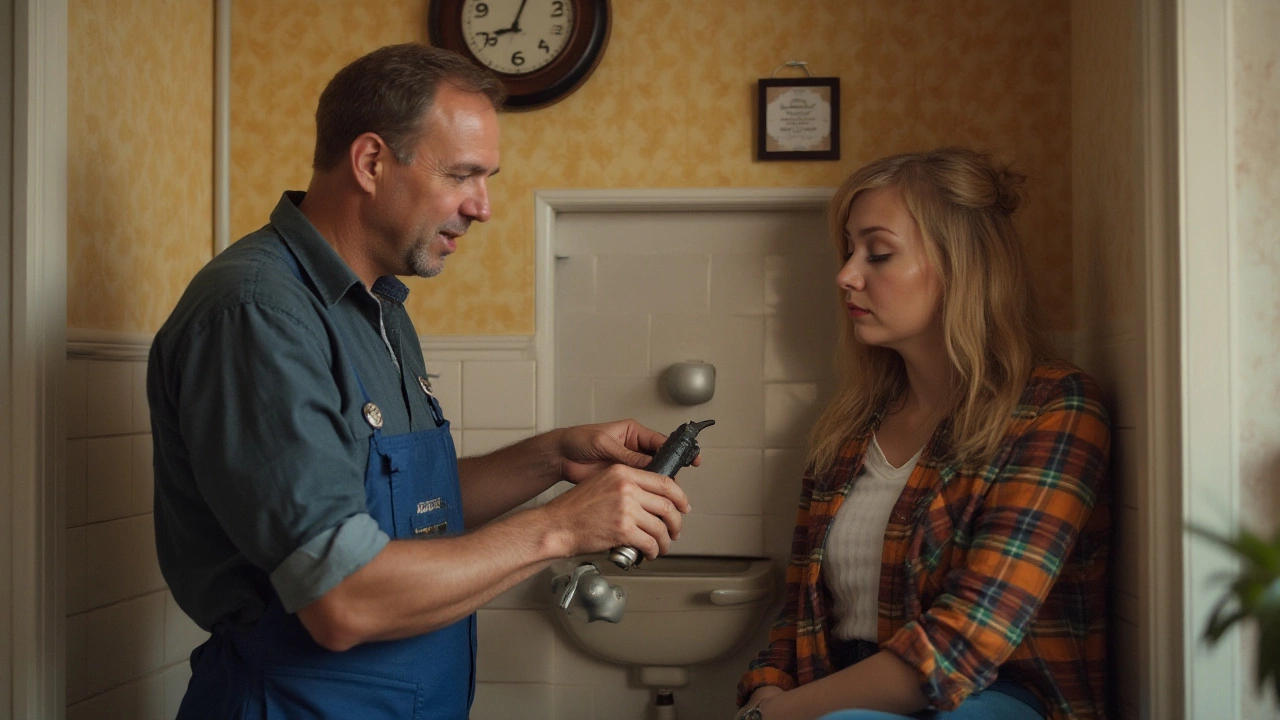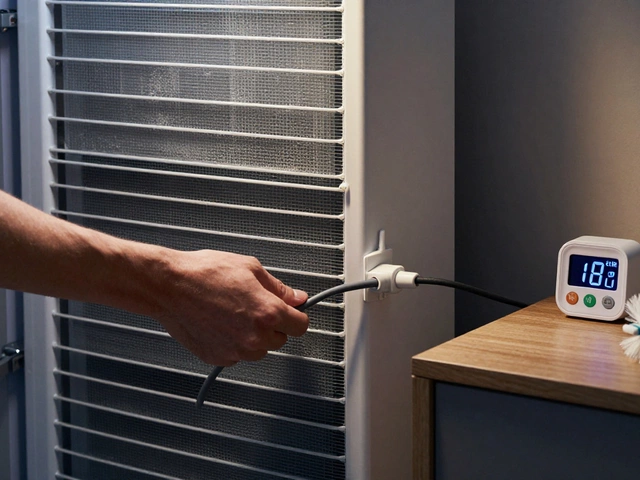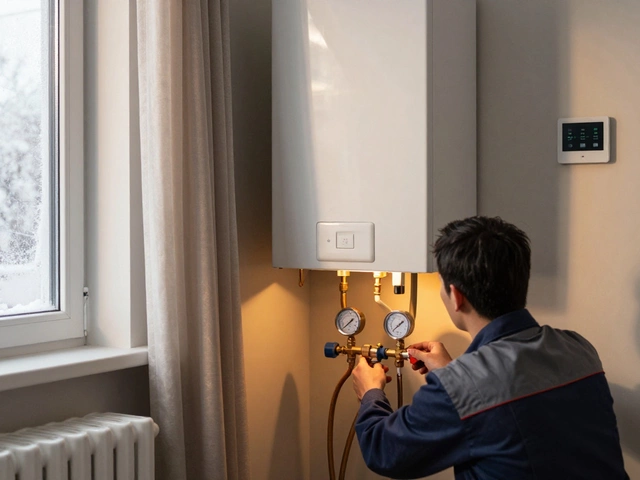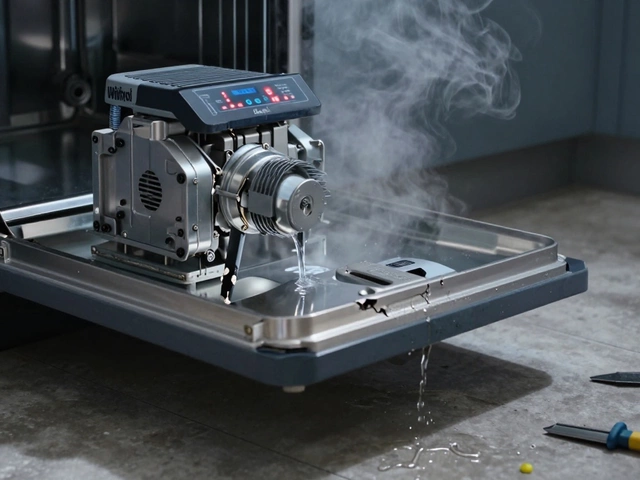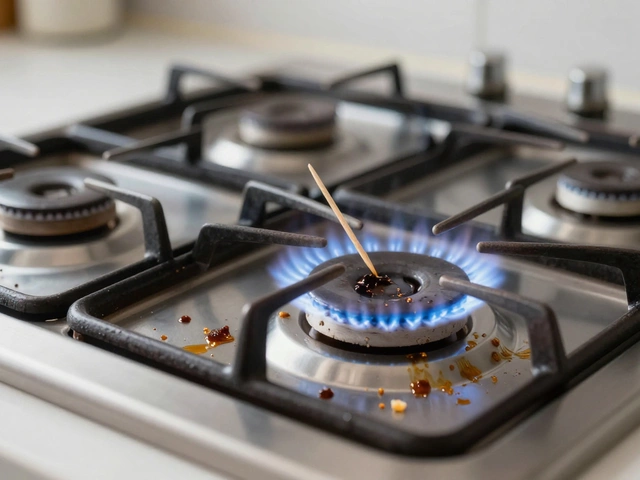Heater Maintenance Made Simple: Keep Your Hot Water Flowing
If your shower suddenly turns ice‑cold or your boiler starts coughing, the first thing to check is regular maintenance. A little upkeep can add years to a water heater or boiler and save you from pricey breakdowns. Below are the most useful, hands‑on steps you can do yourself before you dial a technician.
1. Flush the Water Heater Every 12 Months
Mineral build‑up is the biggest enemy of tank‑type water heaters. To flush, turn off power (or gas), attach a garden hose to the drain valve, and let the tank empty into a bucket or safe drainage spot. Once empty, briefly open the cold‑water inlet to stir up any remaining sediment, then close the valve and refill. This quick routine clears debris, improves heating efficiency, and reduces noisy rumbling.
2. Test the Pressure Relief Valve
The pressure relief valve (PRV) protects the system from dangerous over‑pressure. Lift the test lever gently – you should hear a hissing sound and see a small stream of water. If nothing happens, the valve is stuck and needs replacement. A faulty PRV can cause leaks or even a burst tank, so checking it annually is a must.
Beyond the tank, the boiler deserves its own care plan. First, schedule an annual professional service – they’ll inspect burners, heat exchangers, and safety controls. While you’re waiting for the tech, you can do a few simple checks.
3. Keep the Boiler Area Clean and Clear
Dust and debris can block airflow, making the boiler work harder and raising fuel bills. Ensure there’s at least 30 cm of clearance around the unit, and vacuum any vents or fan covers. If you hear a whistling or squealing noise, it’s often a sign of a dirty fan that needs cleaning.
4. Watch the Boiler Pressure
Most residential boilers have a pressure gauge between 1 and 1.5 bar when cold. If the reading drifts higher, bleed excess air from the radiators using the bleed valve – you’ll hear a puff of air. Low pressure can cause the boiler to shut off; topping up the system with water (using the filling loop) usually solves it.
Now for a handy tip that works for both water heaters and boilers: reset buttons. If your hot water stops unexpectedly, locate the reset button (often a bright red or black button near the thermostat) and hold it for 30‑45 seconds. This resets the safety lockout and can restore heating. If it trips again quickly, there’s a deeper fault that needs a pro’s eye.
Don’t forget the little things that add up. Check for any corrosion on pipes, tighten loose connections, and listen for any strange clicks or gurgles. A quick visual inspection each season catches leaks before they become floods.
When you notice a persistent problem – a recurring reset, strange noises, or a sudden drop in water temperature – it’s time to call a qualified technician. Trying to fix gas components yourself can be dangerous, and a certified pro will also handle the legal safety checks required for gas appliances.
In short, regular flushing, pressure checks, clean‑liness, and a quick reset test are the low‑effort steps that keep your heater humming. Pair these with an annual professional service and you’ll enjoy steady hot water, lower energy bills, and a longer‑lasting system. Got a specific issue? Reach out to Weymouth Appliance Repair Services – we’re just a call away for any heater maintenance needs.
Common Water Heater Failures and Repair Tips
- Alden Wilder
- Nov 7 2024
- 0 Comments
Water heaters, essential for everyday comfort, often face issues that disrupt their functionality. This article dives into common water heater failures like thermostat issues, sediment build-up, and leaks. It offers practical advice on recognizing these problems early and how to address them to extend the heater's life. Learn tips on routine maintenance to prevent serious breakdowns and how to decide when professional help is necessary.
View More